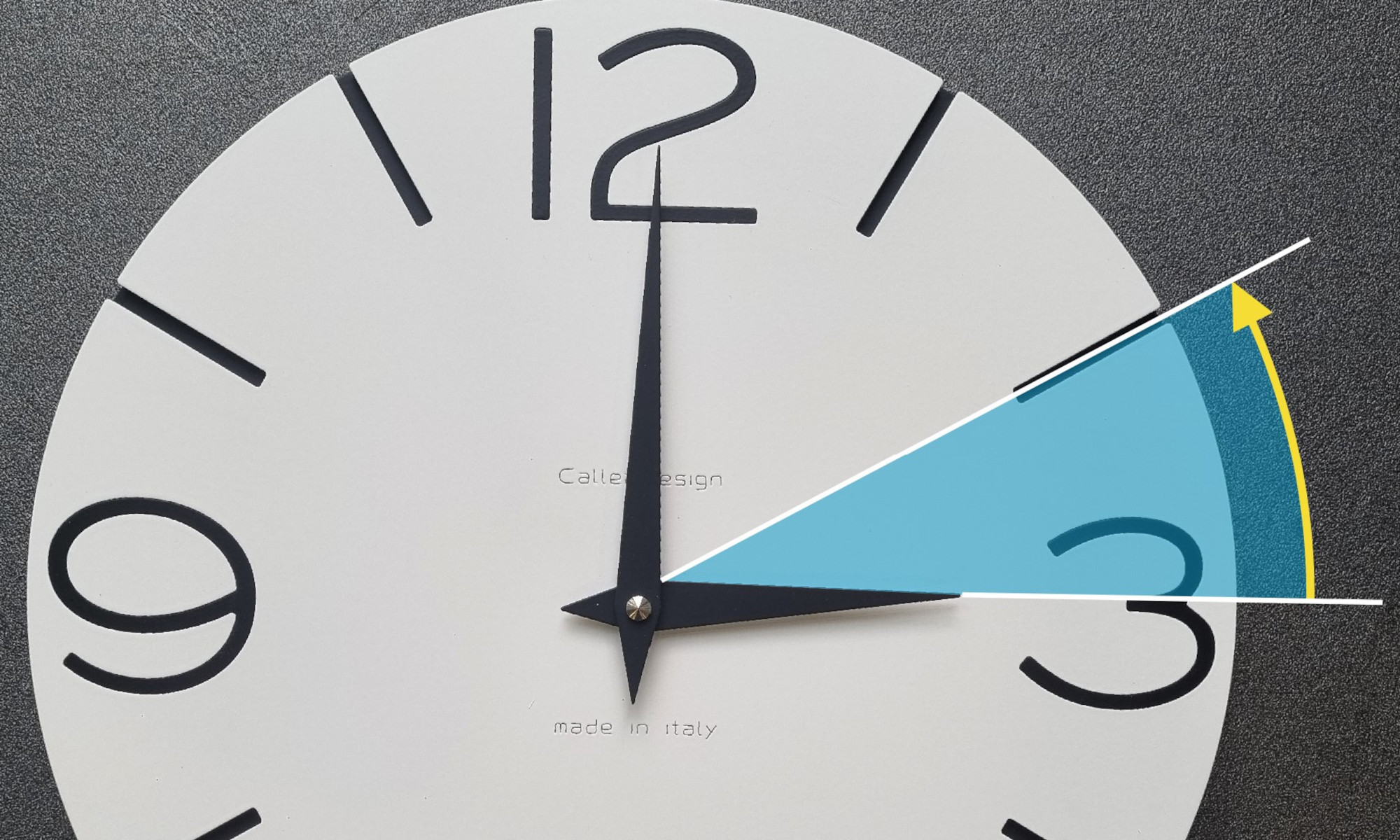When does the clock change in 2025?
In the United Kingdom, the clock changes twice a year in accordance with the EU Directive 2000/84/EC, despite the UK's departure from the European Union.
-
Sunday, 26 October 2025 – End of British Summer Time (BST)
The clocks go back by one hour at 2:00 AM, returning to 1:00 AM. This marks the end of British Summer Time (BST) and the return to Greenwich Mean Time (GMT), giving you an extra hour of sleep. -
Sunday, 30 March 2025 – Start of British Summer Time (BST)
The clocks go forward by one hour at 1:00 AM, moving to 2:00 AM. This means losing an hour of sleep but enjoying longer daylight hours in the evening.
When does the time change in 2026?
- Sunday, March 29, 2026 – Start of Daylight Saving Time 2026
In 2026, daylight saving time will begin during the night between Saturday, March 28, and Sunday, March 29. At 2:00 a.m. the clocks will move forward directly to 3:00 a.m., with the usual “loss” of one hour of sleep in exchange for brighter evenings. - Sunday, October 25, 2026 – End of Daylight Saving Time 2026 (Standard Time)
The return to standard time will take place on the weekend of October 24–25, 2026. During the night between Saturday and Sunday, the clocks will be set back by one hour: at 3:00 a.m. they will return to 2:00 a.m. This will be the last time change of the year.
These changes are designed to make better use of natural daylight during the warmer months, reducing energy consumption and improving efficiency.
Effects of the clock change
While the total number of hours in a year remains the same, the transition days can affect daily routines, particularly for those with strict schedules or sensitive sleep patterns. Some people may experience fatigue or mild difficulty in adjusting to the new time.
How to correctly adjust a wall clock?
If you own a manually adjusted wall clock, follow these steps to ensure the time is set correctly without damaging the mechanism:
-
Stop the clock: Before making any adjustments, remove the battery or disconnect the clock mechanism if possible.
-
Check the manual: If your clock has an instruction manual, read it carefully to understand how to adjust the time properly.
-
Handle with care: Adjust the clock gently, avoiding excessive force that could damage internal components.
-
Avoid touching the hands directly: Always use the adjustment dial on the back of the mechanism rather than moving the hands manually.
-
Set the correct time:
-
In March: Move the hands forward by one hour.
-
In October: Move the hands back by one hour.
-
-
Ensure accuracy: Compare with a reliable time source to ensure the correct setting.
-
Restart and monitor: Once adjusted, restart the clock and observe it for a while to ensure it is functioning properly.
If you are unsure about adjusting your wall clock, it may be best to consult a professional horologist to prevent any damage to the internal mechanism.
Radio-controlled clocks: A convenient alternative
To avoid manually changing the time twice a year, consider investing in a radio-controlled clocks. These clocks receive time signals from dedicated radio stations and automatically adjust for the daylight saving time changes, ensuring accurate timekeeping.
Conclusion
Daylight saving time is a well-established practice that helps optimise the use of natural light and contributes to energy savings. However, the transition between BST and GMT may require a slight adjustment period. With the right tools and proper clock handling, the change can be smooth and hassle-free.
In Europe, the change to daylight saving time follows European Directive 2000/84/EC and occurs twice a year.
- Sunday 29 October 2023. Daylight saving time ends on the last Sunday in October. During this change, the hands of the clock are moved back one hour to 03:00 am, which becomes 02:00 am. Therefore, you will sleep an extra hour during that night.
- Sunday, 31 March 2024. Daylight saving time begins on the last Sunday in March. During this change, the hands of the clock are moved forward one hour to 02:00 am, which becomes 03:00 am. Thus, you will sleep one hour less during that night.
In practice, during the change at the beginning of daylight saving time, you sleep an hour less, but during the change at the end of daylight saving time, you sleep an hour more. These changes are made to make better use of daylight during the summer, reducing energy consumption and promoting energy savings.
Therefore, the total number of hours of sleep remains the same throughout the year, but during the days of daylight saving time changes, you can feel the effect on your sleep routine. Some people may require a short period of adaptation to the new time.
When you have to change the time on a wall clock for daylight saving time, it is important to follow some precautions to do it correctly and keep the clock mechanism in good condition. Here are some tips:
- Stop the clock: before making any changes, be sure to stop the clock. You can do this by removing the battery or disconnecting the clock mechanism if you can.
- Consult the manual: if your watch has an instruction manual, read it carefully to find out how to set the time. Each wall clock may have a different mechanism.
- Handle with care: when adjusting the watch, do so very gently. Avoid forcing or turning the elements of the mechanism with too much force.
- Do not touch the hands: adjustment is not done by forcing the hands but by using the adjusters on the back of the mechanism.
- Set the correct time: during the changeover to daylight saving time or the return to standard time, make sure to move the watch hands to the correct time according to official directives. Generally, during the changeover to daylight saving time, you should move your hands forward by one hour.
- Rule with precision: make sure that your watch shows the correct time. You can do this by observing a reliable clock as a reference.
- Restart: after adjusting the time, restart the clock and monitor it for a short time to ensure that it is working properly.
- Remember the time change: During the transition to daylight saving time and when returning to standard time, remember to adjust the clock appropriately to avoid having the wrong time.
If you feel unsure about adjusting your wall clock yourself, it is always a good idea to ask a watchmaking professional for help. These experts can ensure that the clock is adjusted correctly without damaging the inner mechanism.
To avoid having to manually adjust the time on the wall clock twice a year for the daylight saving time change, purchasing a clock with a radio-controlled mechanism is definitely an option to consider. Radio-controlled clocks receive signals from a dedicated radio station that transmits the exact time, ensuring that the clock is always aligned to the correct time, including daylight saving time changes.















